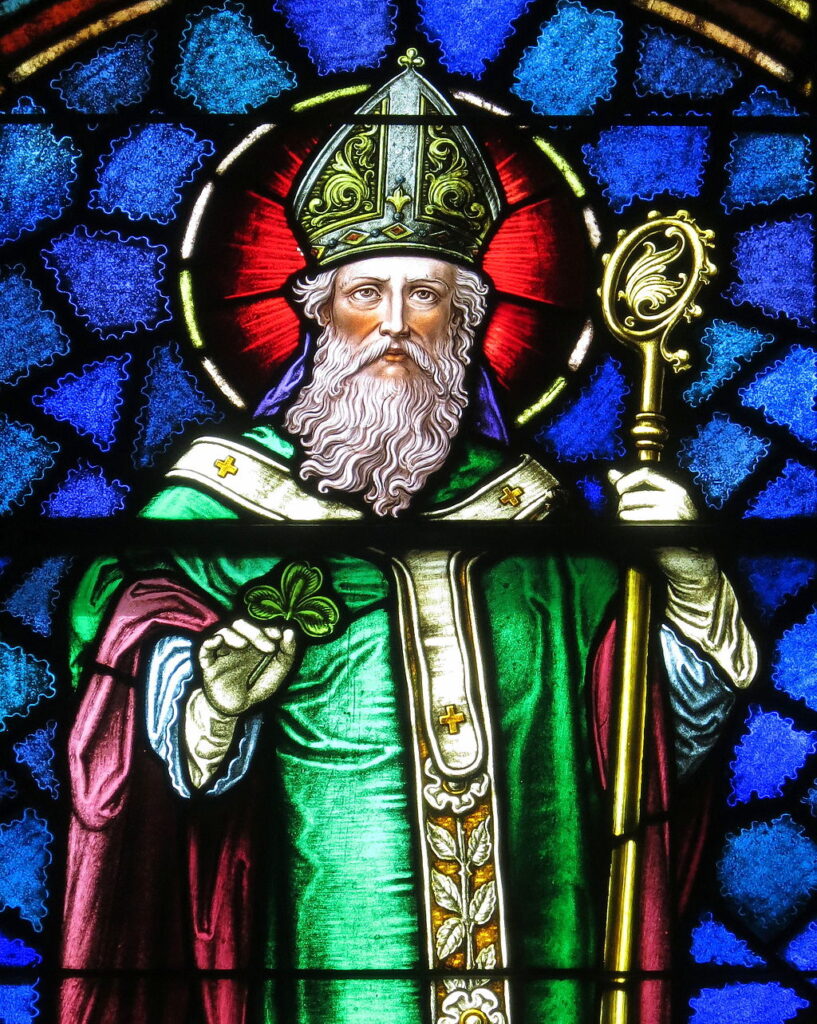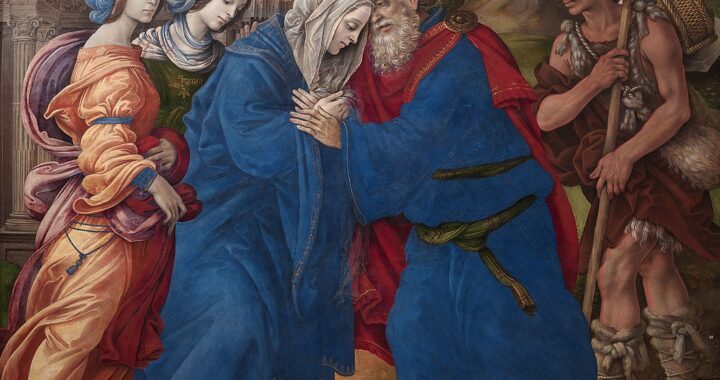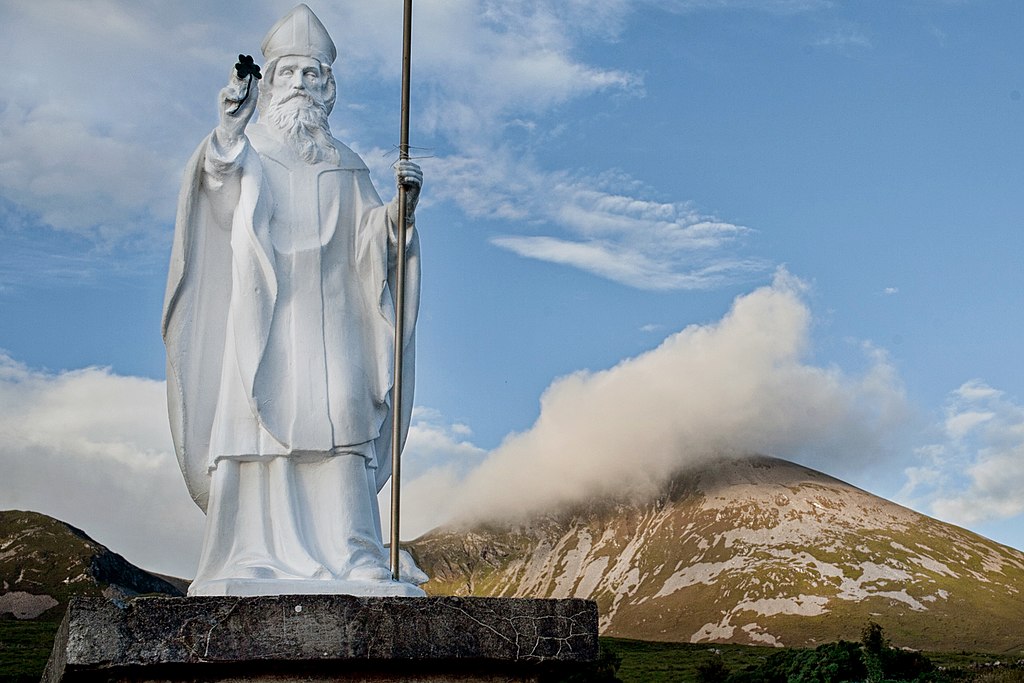
All images are from Wikimedia Commons
The great Saint Patrick of Ireland is a larger-than-life figure who is known by millions, Catholic and non-Catholic alike. Some of the stories that are commonly told about him can seem more like fiction than fact. Is it possible to separate fanciful Irish tales from the real fifth-century man?
Quite a few stories about Patrick’s life can be trusted, not only because of the number of early biographies that were written about him, but also because Patrick wrote one himself. Granted, The Confession of Saint Patrick does not give us all the details about his life that we would like. That’s simply because Patrick did not write it like a modern autobiography. However, it teaches us quite a lot about this amazing saint.
Patricius was born into a Catholic family, perhaps around the year 389, in the Roman territory of Britain. His father was a deacon. Pirates raided his community—a common occurrence in that time and place—and kidnapped him, along with others. The pirates sold their captives to pagans in Ireland, and sixteen-year-old Patrick found himself alone, far from home, and apparently doomed to spend the rest of his life as a slave.
Like many teenaged boys, Patrick had not given much thought to his Catholic faith in the past. But suffering brought him to his knees, as he found himself continually praying to God for answers, wisdom, and help. Patrick’s love for God grew as he prayed during the six long years of his enslavement. Finally, he heard a voice in his sleep one night, a voice which told him to be brave and get ready to return to his homeland.
Patrick ran away from his master, traveled 200 miles on foot to the coast, and, by God’s grace, found a boat that took him back to Britain. But now he discovered he was simply the slave of another group of people. These men forced him to travel with them and starve with them as they wandered in the wilderness. When his captors angrily complained about Patrick’s God, who did not seem to be helping them, Patrick told them to trust in God—and a herd of pigs suddenly appeared, providing them with a source of food that lasted for days.
Eventually, Patrick was able to return to his family. He was happy at first, but he continued to have visions of the people he had left behind in Ireland. An inner call to rescue those people from ignorance of God became too strong, and he traveled to France, which was famous at the time for the devotion and holiness of its monks. Patrick lived as a monk for at least one decade, perhaps two. But then he was sent to Rome to ask permission to pursue his next great call: to serve the Irish people as a missionary. Pope Saint Celestine I ordained him a bishop and sent him back to Ireland.
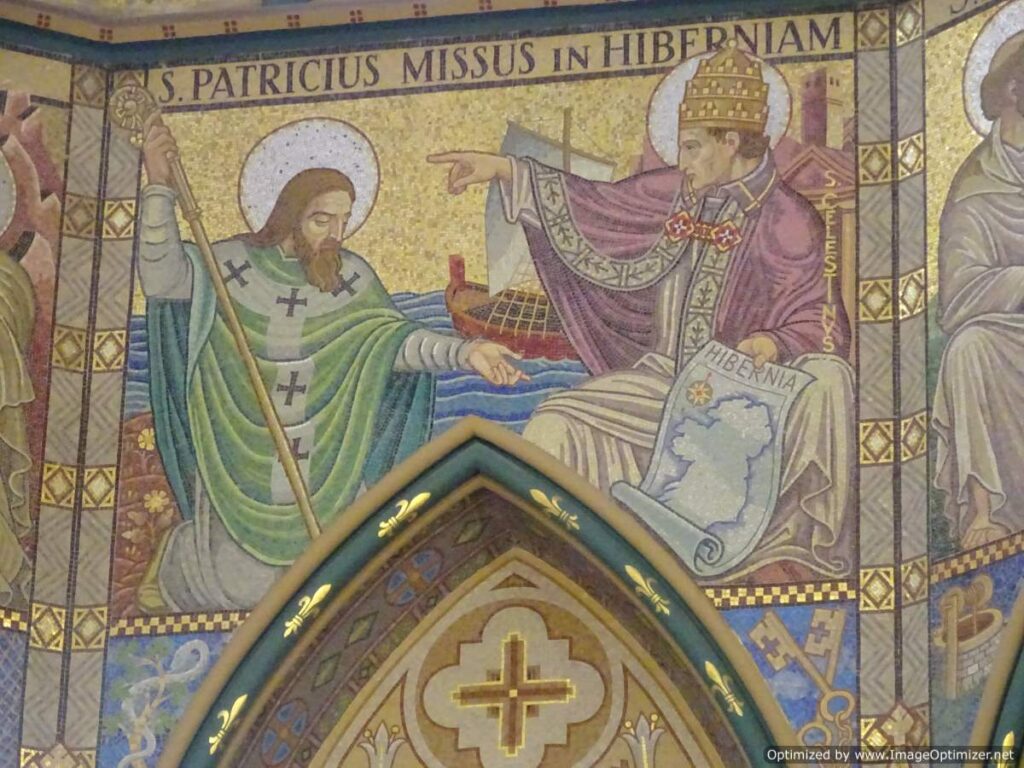
Patrick’s efforts to evangelize Ireland brought about massive conversions. During his decades in Ireland, he converted many pagans, built many churches, and established many monasteries. He also directly confronted the falsehoods of Druidic beliefs and personally evangelized Irish kings and chieftains.
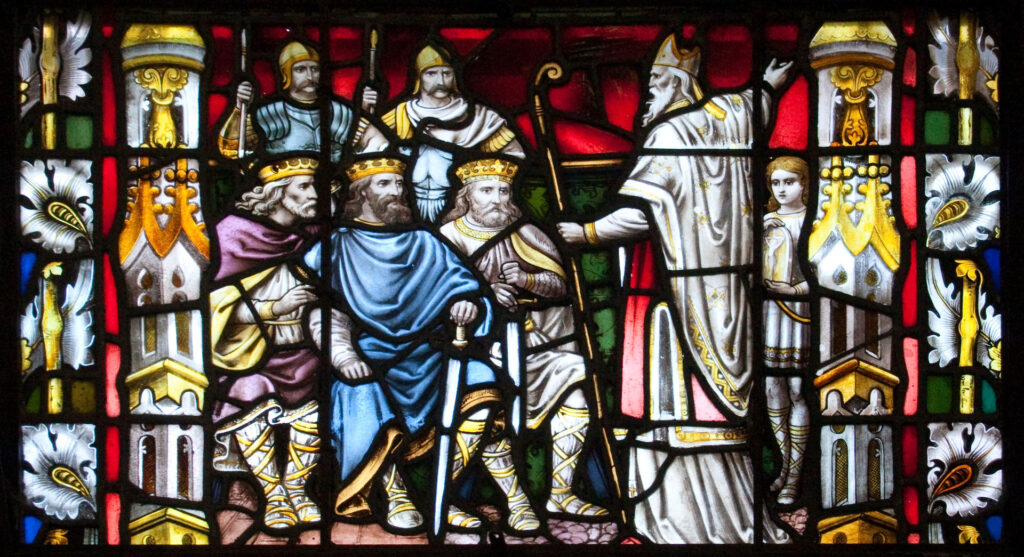
Did Patrick’s former slavemaster intentionally burn down his own house when he heard Patrick was coming? Did Patrick really chase all the snakes out of Ireland? Did he really use a shamrock to explain the Trinity (a theological approach which is now frowned upon and technically termed modalism)?
Those tales might be just tales. But Patrick’s actual accomplishments are far more remarkable than those minor details.
Patrick returned to Ireland as a grown man, but still a former slave. Even though he returned with Christian companions, he could have been enslaved again. However, no one apparently thought of trying such a thing with Patrick.
Those six painful years of slavery had prepared him for his return just as much as had his years of monastic life. From his time among the Irish people, Patrick had come to understand their language, their religion, and their government. He could therefore speak to the ordinary people about Christ, confront the Druids like a Christian Moses, and explain Christian theology to Irish leaders. Patrick successfully evangelized an entire people—converting a culture without destroying their world—before his death in 461, a remarkable accomplishment in the history of the Catholic Church.
But he did not do this alone. Patrick traveled the countryside of Ireland, going from town to town with companions. Those companions included, among others: an assistant bishop, a chamberlain, a sacristan, a bellringer, a chariot driver, a bodyguard, a cowherd, blacksmiths, masons, and embroideresses. This Catholic household supported Patrick as he evangelized, but it also helped him establish new Christian communities. The bellringer called people to hear him preach, since he had no church bells to call them. His chariot driver, Odran, gave his life for Patrick during an attack. His bodyguard was, obviously, a bodyguard, for Patrick was not naive about the dangers of confronting false gods and their followers.
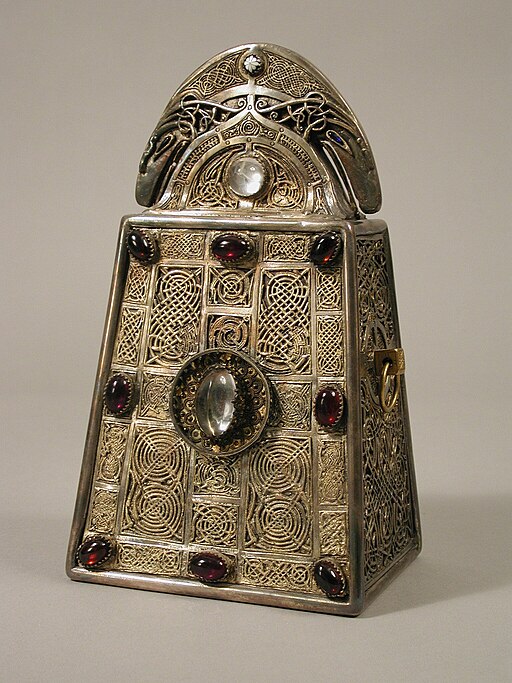
Patrick’s famous autobiography indicates another reason he was so successful as an evangelist: his knowledge of the Word of God. The Confession is full of phrases and passages from both the Old and New Testaments, passages that Patrick clearly knew by heart and relied upon both for his own prayer life and also to lead others to conversion. The Word of God, after all, is the sword of the Spirit (Eph 6:15).
As described in my book, The Leaven of the Saints, Church history is full of stories about great saints who were so successful in evangelizing a particular people that they later became known as the Apostle to that people. People may argue about how the snakes really left Ireland. But no one can argue that Patrick is the Apostle of Ireland and one of the greatest apostles in the history of Christianity.
